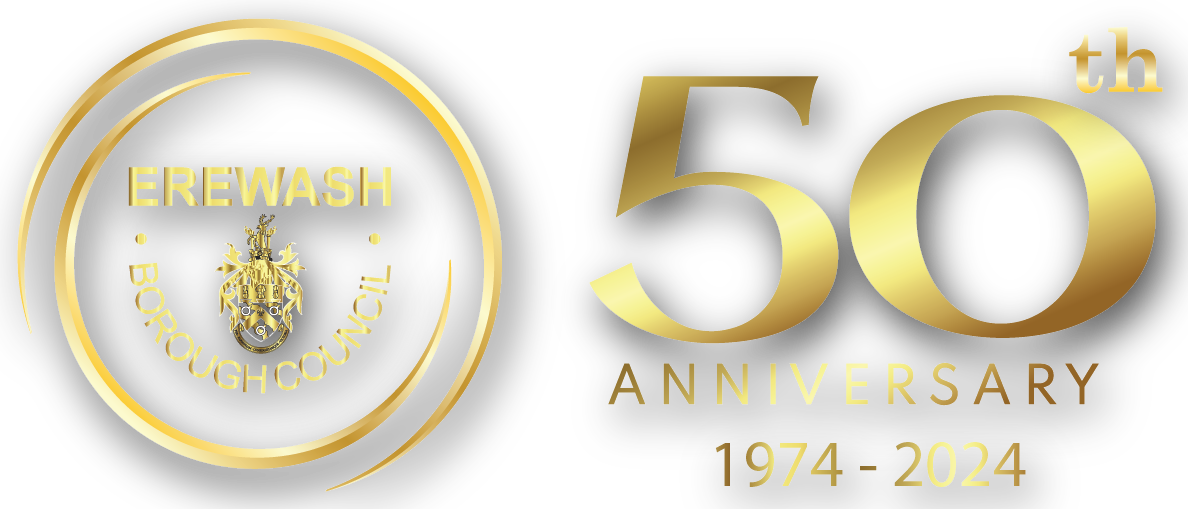Employment Land Survey
Page under review.
National planning guidance continues to emphasise the importance of councils keeping under active review the quality and quantity of their local employment land. In response to this, Erewash Borough Council undertook a employment land survey to establish if sufficient land and premises exist locally which can support economic growth across the Borough.
Through the carrying of this work, the Council have formed a stronger understanding of local market conditions around Erewash. This has enabled us to consider what level of contribution individual and groups of sites are making to the local economy.
Close to 75% of Erewash is designated as Green Belt. As a consequence, few opportunities exist where new employment space can be development. This requires careful management of land within the Borough’s settlements to ensure sufficient space remain available for key local employment sectors to expand. With challenging housing requirements also needing to be met, competition for land locally makes delivering new employment space even harder.
The Erewash Employment Land Survey comprehensively profiles the Borough’s larger employment sites. Replacing in full the 2011 version, the 2018 EELS utilises a new assessment criterion to rank the 72 included sites. This can be found within the EELS Companion Guide, alongside a range of other helpful information and materials which give an insight into the work’s conclusions and the issues future planning policy will have to address. The EELS Companion Guide separates the sites into good, average, poor and very poor sites and groups all the sites into locations, providing an overview of the quality of the employment land in each settlement within Erewash.
One of the most notable aspects to be drawn from the 2018 EELS is the high levels of occupancy across most of the surveyed employment locations. Whilst this level of occupancy is positive, it should also act as a note of caution given the vast majority of sites with multiple occupants are operating at, or very close to, capacity.
Site visits reaffirmed that space to deliver new units was extremely limited across Erewash, as was the lack of surrounding land necessary to allow existing businesses to grow.
Together with the Companion Guide, the 2018 EELS makes a key contribution to supporting the Council’s statutory plan-making and decision-taking functions. The comprehensive assessments for each EELS site provides Officers with helpful information to inform future spatial planning work, whilst serving as a useful baseline repository of site details should any site be the subject of a planning application. As suggested above, a future review of the Council’s Local Plan will no doubt wish to consider the main issues raised by this work in order to put in place solid foundations for a strong and resilient local economy over the coming decades.

